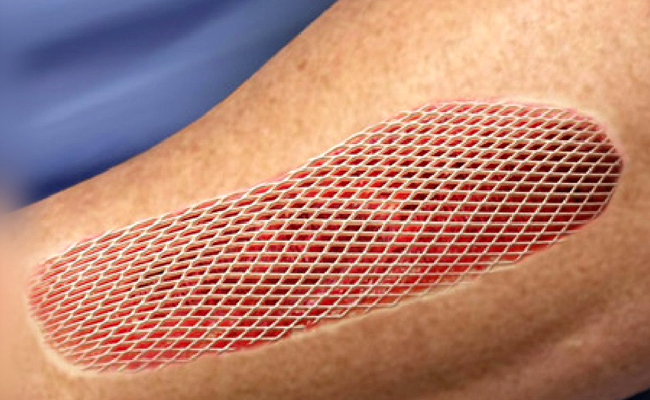Skin Grafts & Flap Surgery
Skin grafts and flap surgery are advanced reconstructive procedures designed to repair damaged or missing skin due to burns, trauma, infections, surgery, or congenital conditions. These techniques help restore function, mobility, and appearance while promoting faster healing and reducing complications.
Benefits of Skin Grafts & Flap Surgery
- Restores Lost or Damaged Skin – Essential for severe burns, wounds, and surgical defects.
- Improves Function & Mobility – Prevents contractures and restores movement in affected areas.
- Enhances Appearance – Reduces scarring and promotes natural-looking skin healing.
- Promotes Faster Healing – Provides a protective covering for wounds, reducing infection risk.
- Long-Lasting Results – Once healed, the graft or flap becomes a permanent part of the body.
Who is an Ideal Candidate for Skin Grafts & Flap Surgery?
- Individuals with severe burns, traumatic wounds, or deep skin loss.
- Patients needing reconstruction after surgery (e.g., cancer removal, mastectomy).
- Those with chronic ulcers or non-healing wounds.
- Individuals in good general health without conditions that impair healing.
Types of Skin Grafts
Split-Thickness Skin Graft (STSG)
- Uses the top layers of skin from a donor site (usually the thigh or buttocks).
- Commonly used for burns, wounds, and ulcers.
- Heals faster but may have color and texture differences.
Full-Thickness Skin Graft (FTSG)
- Includes both the epidermis and dermis, providing a better cosmetic match.
- Used for small but deep wounds, facial reconstruction, and hand injuries.
- Heals more slowly but offers a more natural appearance.
Types of Flap Surgery
Flap surgery involves moving skin, fat, muscle, or bone from one area to another while maintaining its blood supply.
Local Flap
- Tissue from an adjacent area is used to cover a defect.
- Ideal for small wounds, facial reconstruction, and skin cancer excisions.
Regional Flap
- A larger piece of tissue with its blood supply is moved from a nearby region.
- Used for complex wounds, deep injuries, and breast reconstruction.
Free Flap (Microvascular Surgery)
- Tissue is completely detached and reconnected using microsurgery.
- Used for major reconstruction, such as limb injuries or facial defects.
The Skin Graft & Flap Surgery Process
- Consultation – Detailed evaluation to determine the best technique.
- Preparation – Identifying a suitable donor site and assessing healing potential.
- Surgical Procedure – Performed under local or general anesthesia, depending on complexity.
- Recovery & Healing – Swelling and discomfort subside in weeks to months, with dressing changes as needed.
- Final Results – Full integration of the graft or flap over several months, with improved skin function and appearance.
